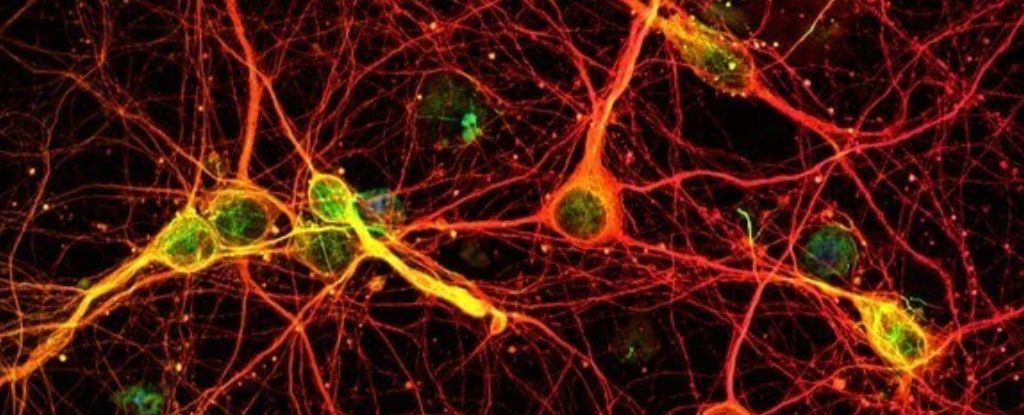Opening details
About 700 million years ago, Earth cooled so much that huge ice sheets covered the entire planet. This is a global deep freeze it took tens of millions of yearsBut miraculously the first life not only survived, but also flourished in the depths of the oceans and seas, near hot springs. As temperatures rose and the surface melted, complex multicellular life began to emerge, ultimately leading to the current diversity of animals and plants, Channel 24 reported, citing The Conversation.
The snowball hypothesis is based largely on climate modelling, as well as sedimentary rocks once found along coastlines and shallow seas. However, physical evidence that the interiors of the continents in the hot equatorial regions are covered with ice has not yet attracted our attention.
In a new study published in the Proceedings of the National Academy of Sciences, a team of geologists identifies a “missing link” found in unusual conglomerate sandstone encapsulated in the granite that forms Pikes Peak in Colorado.
Pikes Peak, which the Ute Indians originally called Tawa Kaa-wi, comes from the ancient name for these rocks, Tawa. They consist of solidified sand injections, formed similarly to medical injection by injecting a sand-rich fluid into the underlying rock.
One possible explanation for what created these mysterious sandstones: the enormous pressure of the frozen Earth’s ice sheetThis caused sediments mixed with meltwater to penetrate the weakened rock below.
But one obstacle to testing this idea was a lack of understanding of the age of rocks, which indicates when suitable geological conditions for sand injection were present.
We found a way to solve this mystery by using iron veins found near the Tawa injections, near Pikes Peak, and elsewhere in Colorado.
– say scientists.
Iron minerals contain very low amounts of naturally occurring radioactive elements, including uranium, which gradually decays into the element lead at a known constant rate. Recent advances in laser radiometric dating have made it possible to measure the ratio of uranium to lead isotopes in the iron oxide mineral (hematite) to determine how long ago individual crystals formed.
Iron veins appear to have formed before and after sand injection into this rock.
We found hematite and quartz veins penetrating the pan dams. This allowed us to determine the age of the sandy injections, which probably formed between 690 and 660 million years ago.
– says the study.
The time frame means that these sandstones were formed during the Cryogene period, between 720 and 635 million years ago. The name comes from the ancient Greek word for “cold birth” and is synonymous with climatic changes and the degradation of life on our planet, including a completely frozen Earth.
Although the causes of extreme cold during that period are a matter of debate, the dominant theories relate to changes in plate tectonic activity, including the emission into the atmosphere of particles that reflect sunlight away from the Earth. Ultimately, carbon dioxide accumulation from volcanic eruptions could reheat the planet.
Located at Pikes Peak, Tawa is believed to have formed near the equator in the heart of an ancient continent called Laurentia; This continent was gradually moved to its current location in North America over time and long tectonic cycles.
Therefore, if this region at the planet’s equator was subjected to huge ice pressure, this means that the northern and colder regions were also covered in ice. And so the whole planet depended on it.
The origin of these rocks has been debated for more than 125 years, but new technology has allowed us to convincingly link them for the first time to the cryogenic period of the frozen Earth.
how did it happen
To explain how sand injection occurs, the scenario described by scientists is as follows:
“A giant ice sheet with zones of geothermal heating at its base produced meltwater that mixed with the quartz-rich sedimentary rocks below. The weight of the ice sheet created tremendous pressure that forced this sandy liquid into bedrock that had already been weakened by millions. Similarly, extracting natural gas or oil “Even before modern hydraulic fracturing, pressure cracked rocks and pushed sandy meltwater inward, creating the injections we see today.”
New findings strengthen the “snowball” hypothesis.













